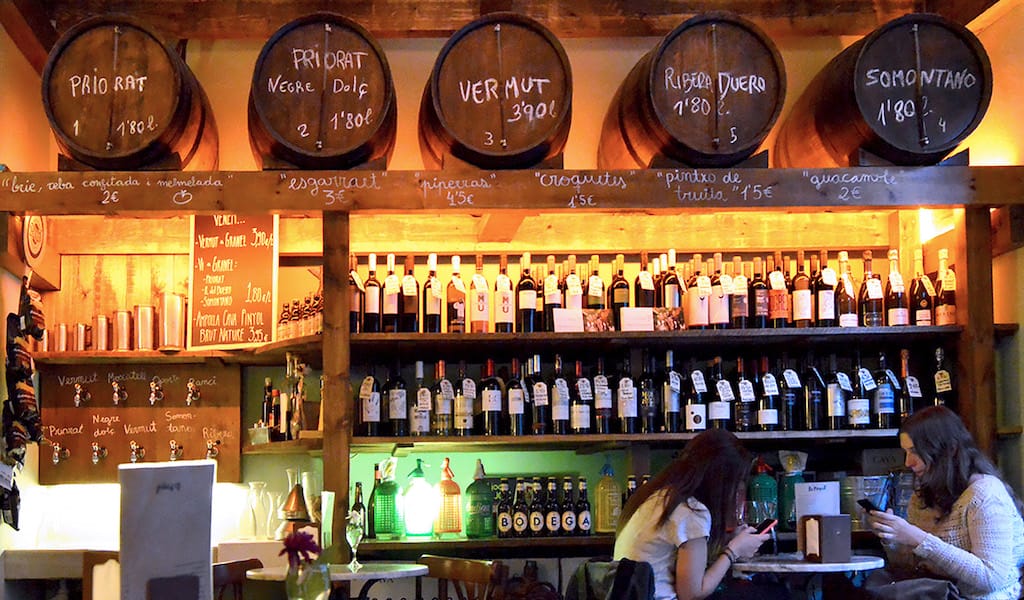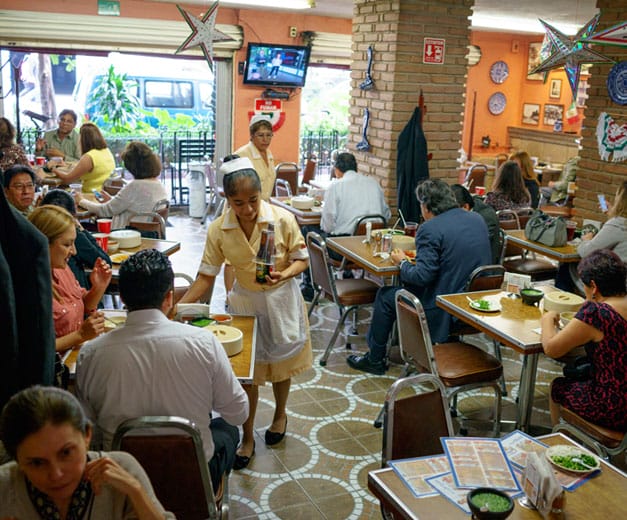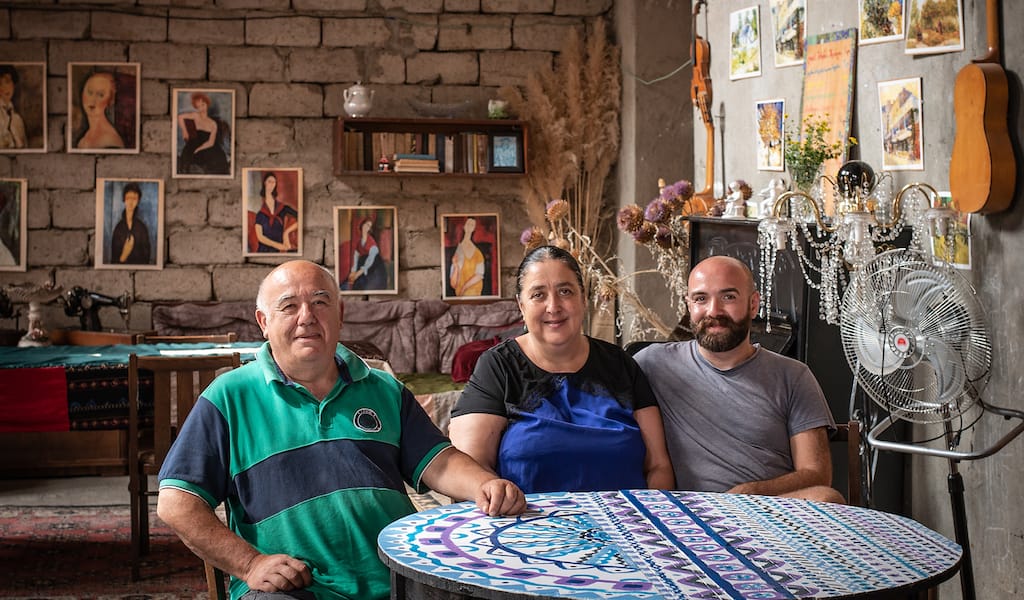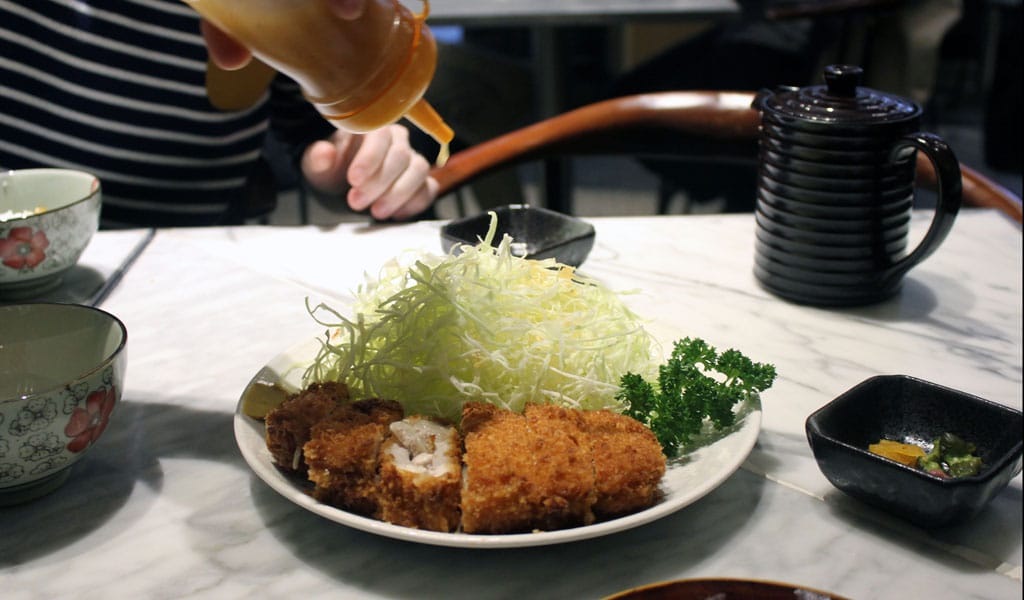Editor’s Note: Sadly, this spot closed in late 2022.
Bars and literature are like bees and flowers: two separate worlds linked to each other through a symbiotic relationship that benefits both. Writers and characters have been the natural inhabitants of taverns and pubs in Dublin and London, bohemian cafés in France, Vienna and Madrid, and, of course, the old neighborhood restaurants and bodegas of Barcelona. In our fair city, the most famous of these include Els Quatre Gats (establish 1897), which offered cheap sustenance and wine to Picasso, Gaudí and the poets Rubén Darío and Rusiñol; Casa Leopoldo (1929) and Can Lluis (1929) in Ciutat Vella or Zona Alta; and tortilla favorite Flash Flash (1969) and Velódromo, both second homes to many Catalan writers, journalists and artists in the 1970s. Today is the day to honor all of them, as it’s Sant Jordi, the Catalan day of books and roses, literature and love.
These days, the place that best exemplifies this marriage between literature and bars is La Bodega Lo Pinyol, which specializes in wine, vermut and books and is owned by Pau Raga, a Valencian librarian and literature devotee, and the Barcelona artist and curator Carles Poy. Two years ago, these longtime friends decided to find and resuscitate an old bodega (a wine shop with bar service), a traditional kind of venue that they both love and that is in danger of disappearing. (We’ve written previously about similar projects.)
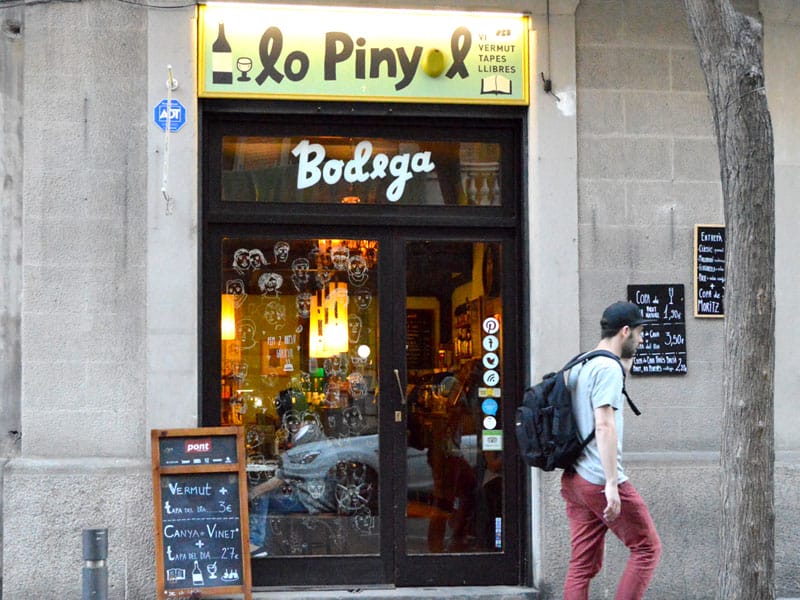
Poy found Bodega Piñol, a classic wine shop/bar in Gràcia that, since 1943, had been run by three generations of the Piñol family. It was a throwback, with eight huge wooden barrels from the 1970s. A few decades ago, wine was rarely sold in bottles and more commonly was sold for very low prices by the liter in bulk. These barrels sat on the floor then and dispensed wine and vermut. The walls were also lined with numerous bottles of wine, liquors and other bottled beverages, as well as the traditional accompaniments for vermut and aperitifs, such as chips and olives.
Initially, the two friends wanted to keep everything as it was, but then they decided they could make minimal changes to keep the spirit of the place but improve on its beauty and comfort. They changed the name from the family’s surname of Piñol to the similar sounding “Pinyol,” which is the pit or stone of a fruit (like that of an olive). They opened the whole room connecting the shop in the front with the old owner’s residence in the back. They restored six of the eight huge barrels, which have been emptied of their contents but still fill the space with their presence, like venerable wine totems, keeping watch over the new smaller and more practical barrels beside them that are now in use.
Poy and Raga also kept the old lamps, the original floor with its typical Barcelonan tiles and the characteristic wooden bar but reorganized the space and the details to bring more warmth and meaning to the atmosphere. There’s a Neil Haddon painting, a drawing by the Catalan artist Bartolí (who was one of Frida Kahlo’s secret lovers), and a logo designed by Brazilian Flavio Morais. They created a space for book swapping, with contributions from friends and customers, and also regularly program cultural events. While they are still working with the same bulk vermut and wine purveyors, they have improved the selection of bottled wine and cavas with interesting small Catalan producers, many of them organic and biodynamic.
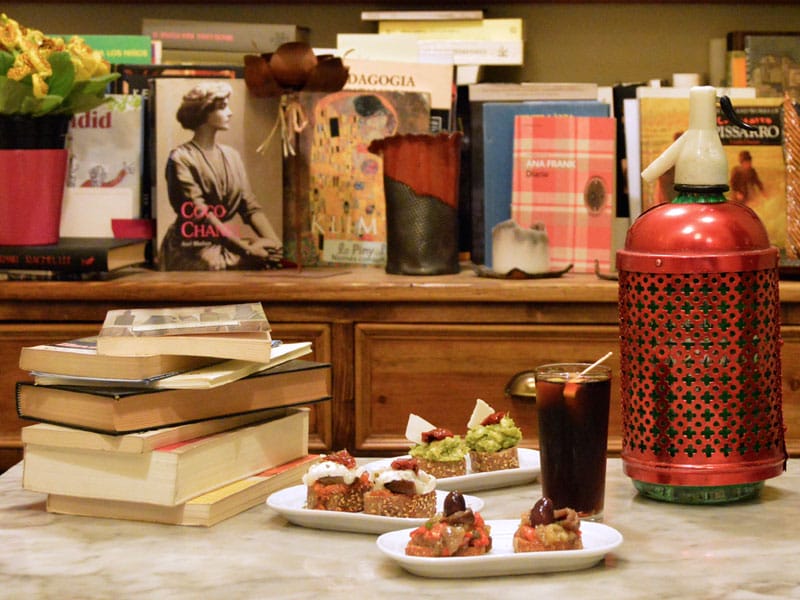
Lo Pinyol feeds the body with the same care as it feeds the soul. There’s an extensive menu of tapas, pintxos, montaditos (slices of bread with various toppings) and grilled sandwiches, all based on Catalan and Valencian traditions. A few special tapas offerings change with the seasons. Some of our favorite pintxos include the salted cod and roasted red pepper esgarraet, little tartaletas of gorgonzola, mató cheese and walnuts garnished with crispy fried onions, fresh sheep’s milk cheese with anchovies – excellent with vermut – and the seasonal and very Balearic sobrassada and honey with Mahon cheese.
Many regulars of the bodega in its former life still visit its new incarnation, from neighbors like the rumba singer Yumitus and his friends to professionals who work in the surrounding offices and shops. Lo Pinyol offers an eclectic atmosphere for many book lovers, artists and students who come here to share a vermouth and write a new page in the book of Barcelona’s traditional bodegas.
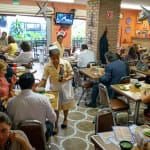 September 16, 2015 Beatricita
September 16, 2015 Beatricita
In a town that runs on tacos, tacos de guisado may be the most ubiquitous version of the […] Posted in Mexico City September 22, 2020 CB on the Road
September 22, 2020 CB on the Road
We pull off the recently finished section of highway at the Argveta exit in Imereti, […] Posted in Tbilisi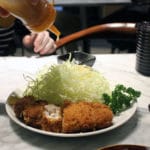 May 24, 2017 Tonkatsu Hamachan
May 24, 2017 Tonkatsu Hamachan
When Tonkatsu Hamachan first opened in 2001, it became an industry favorite – one of […] Posted in Shanghai
Published on April 23, 2015
Related stories
September 16, 2015
Mexico CityIn a town that runs on tacos, tacos de guisado may be the most ubiquitous version of the iconic dish in Mexico City. They can be found almost anywhere in the city, from specialty restaurants to markets, tianguis and street vendors selling them at stalls or even out of the trunk of a car. It…
September 22, 2020
TbilisiWe pull off the recently finished section of highway at the Argveta exit in Imereti, follow Google Maps to a hand-painted sign directing us along a bumpy lane to an open iron gate with painted flowers, and park our car as if we live here. The front yard is lush with fruit trees, children’s toys…
May 24, 2017
ShanghaiWhen Tonkatsu Hamachan first opened in 2001, it became an industry favorite – one of those places chefs, foodies and lifestyle journalists kept to themselves. Perhaps they closely guarded this spot because the dining room barely fit six tables, most of which were usually occupied by Japanese businessmen. The restaurant itself refrained from self-promotion –…







































